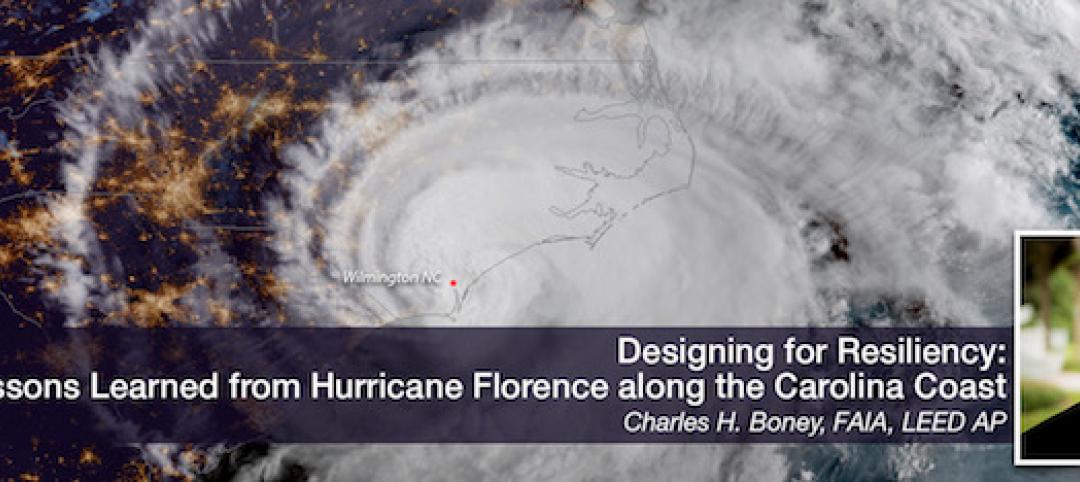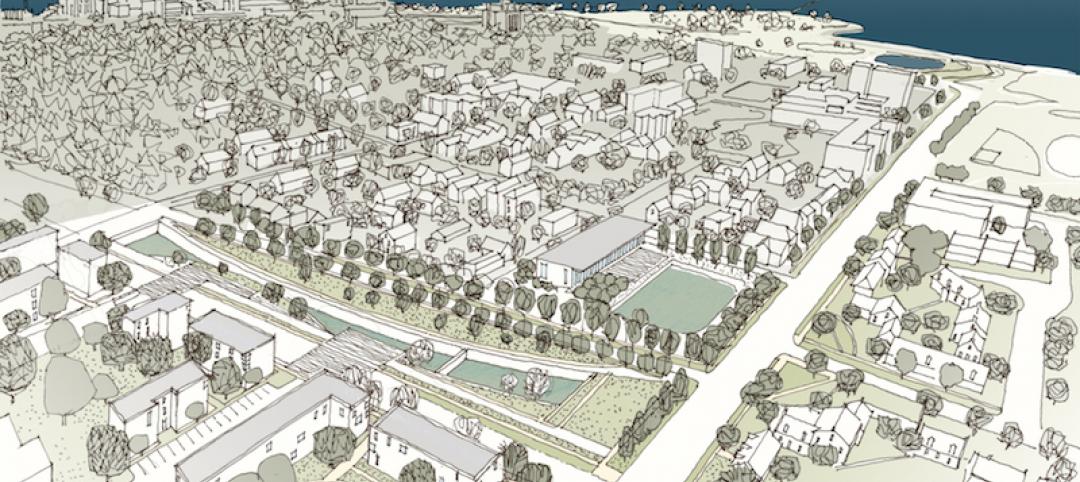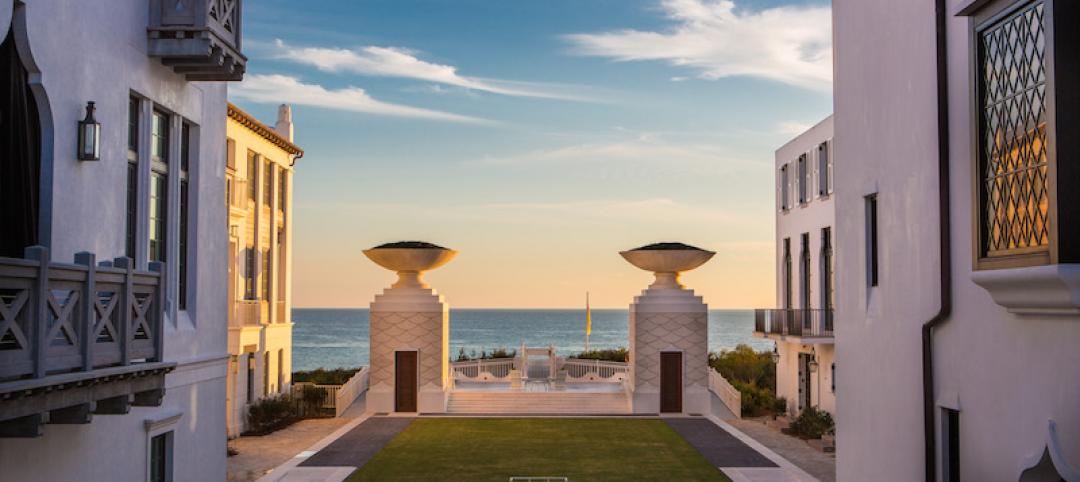Last November, the International Code Council launched the Alliance for National & Community Resilience for the purpose of developing a whole community benchmark rating system by 2018. The alliance’s members include such heavy hitters as Target and Kaiser Permanente.
Two months earlier, the American Society of Landscape Architects launched an online guide for resilient landscape planning and design to help communities protect themselves from natural disasters. Nancy Somerville, the trade group’s CEO, says ASLA convened a panel of experts—including scientists, policy makers, and landscape architects—to produce policy recommendations that ASLA intends to release sometime next year.
These are examples of an array of guidelines and standards coming from all kinds of sources that are jockeying for position to stamp their imprint on resilience best practices and, potentially, new codes.
“There are an increasing number of standards around resilience that AEC firms need to be prepared for,” says Katharine Burgess, Senior Director of Urban Resilience with the Urban Land Institute. ULI is providing resilience assistance to cities, communities, and its members through a variety of programs.
 The 56-story 181 Fremont Tower, a LEED Platinum office/apartment tower in San Francisco, is the first to be built on the West Coast to meet an earthquake rating system devised by Arup, the structural engineer on the project. Heller Manus Architects.
The 56-story 181 Fremont Tower, a LEED Platinum office/apartment tower in San Francisco, is the first to be built on the West Coast to meet an earthquake rating system devised by Arup, the structural engineer on the project. Heller Manus Architects.
BREEAM and the Institute for Sustainable Infrastructure are working on resiliency standards. The American Society of Civil Engineers is crafting standards for adaptive redesign. The Insurance Institute of Business and Home Safety recently launched a rating system, Fortified Commercial, as a companion to its Fortified Home standard. IBHS has written full sets of standards for construction in markets susceptible to hurricanes, high winds, and hail.
Some AEC firms use their own resilience measurement tools. Arup created a framework and rating system for designing earthquake-resilient buildings which it calls Resilience-based Earthquake Design Initiative, or REDi.
Several cities, states, and the federal government either have their own resilience guidelines or are developing them. Degenkolb Engineers has been helping California create seismic retrofit ordinances for various building typologies.
Erica Fischer, PhD, PE, a former Design Engineer with Degenkolb who is now an Assistant Professor at Oregon State University, says these revisions set timelines for buildings to be evaluated and retrofitted. If the owner doesn’t comply, a notice gets posted on the building stating that it doesn’t meet seismic standards.
In November 2015, the U.S. Green Building Council launched a pilot program for resilient construction, with three LEED credits. USGBC ended the program after a year, but the organization’s Resilience Working Group has been attempting to revamp the credits system. Alex Wilson of the Resilient Design Institute, which spearheaded the pilot, says RDI has resubmitted its proposal. He suggests USGBC might be ready to introduce a new resilience credit program at Greenbuild in Boston this November. USGBC’s spokesperson Marisa Long says the council hasn’t set a timetable for the release.
Related Stories
Resiliency | Apr 22, 2019
Turner Construction doubles down on jobsite efficiency
The company targets a 50% cut in greenhouse gas emissions and water use from construction activities by 2030.
Resiliency | Mar 29, 2019
Designing for resiliency: Lessons learned from Hurricane Florence along the Carolina Coast
Resilient design principles will be critical in preparing our communities for future storms, writes LS3P's Charles H. Boney, FAIA.
Resiliency | Mar 7, 2019
Building for resilience - All about RELi
Sustainable design strategies create more resilient buildings. However, only truly focused purposeful resilient design strategies will create the adaptation needed.
Resiliency | Feb 27, 2019
ResilientSEE: A framework to achieve resilience across scales
Conceived in the Boston studio of Perkins+Will, the ResilientSEE team developed a resilient planning framework that can be applied to other neighborhoods, cities, and countries.
Sustainability | Oct 25, 2018
As project delivery models evolve, designers rethink their role
New York City’s newest university campus, Cornell Tech, pushes the limits of sustainable and resilient design.
Resiliency | Sep 4, 2018
It takes more than money to fund resilience
Resilient design, much like all projects in the built environment, requires funding.
Resiliency | May 17, 2018
Architects brief lawmakers and policy-makers on disaster recovery as hurricane season approaches
Urge senate passage of disaster recovery reform act; Relationship-building with local communities.
Resiliency | Feb 21, 2018
Resilience team selected to help protect a vulnerable Bridgeport, Conn., from floods
The design and construction project would perpetuate efforts that date back several years.
Resiliency | Jan 24, 2018
A luxury community in Florida mandates resilience in new-home construction
Alys Beach’s in-house GC builds to standards set by the FORTIFIED program.
Resiliency | Jan 24, 2018
Effort to develop first whole-community resilience benchmarks for buildings, water, and energy launched
Volunteers sought for committee openings.

















